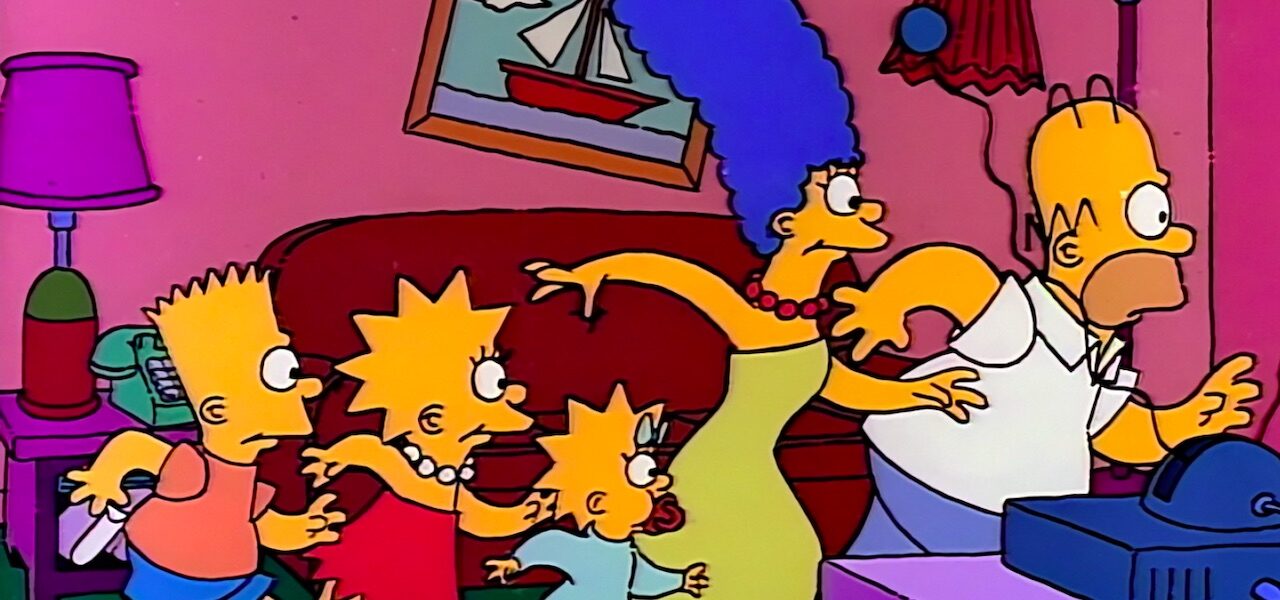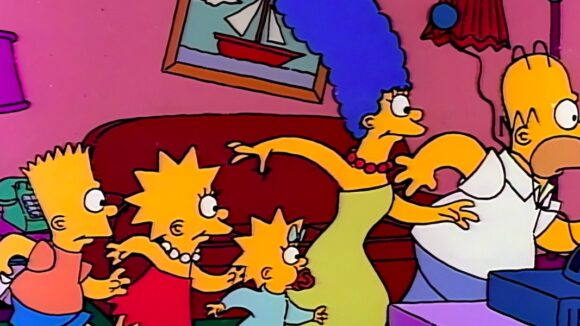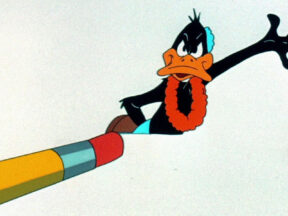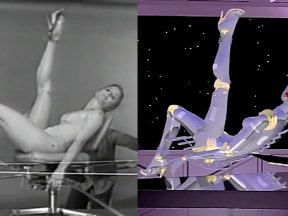

Explore The 100 ‘Most Important’ Sequences In Animation History, As Picked By Vulture
Tossed-off “best-of” animation listicles are a dime a dozen. Lists that provide thorough, learned surveys of animation history are not. Hats off, then, to culture website Vulture’s beautifully produced new feature, “The 100 Sequences That Shaped Animation.”
The name says it: the list, which can be explored here, tells a history of animation through its most important sequences, which range from a few seconds to a few minutes. “We chose the deliberately flexible element of a ‘sequence,’” write the editors, “because it felt the most focused: It is often in one inspired moment, more so than a single frame or entire work, that we are able to see the form progress.”
The writers do a good job of placing each work in its historical context. They were assisted in their choices by a cadre of experts, including Maureen Furniss, the doyenne of animation history and filmmaker Koji Yamamura. Each entry is accompanied by an embed of the sequence itself, which gives the article an edge over even the finest history books on the medium: here, the animation itself can be seen.
The emphasis is on America’s experience of animation. The intro admits as much, reasonably pointing out that the list will mostly be read by Americans. As “influence” is the guiding criterion, much space is given to Japanese animation, which has been steadily imported into the U.S. since the 1960s. Still, I’d quibble with the near-total absence of major territories like Russia, the U.K., and Latin America.
Independent shorts contain much of history’s greatest animation, yet indie and industry often seem to reside on separate planes, even in the open age of internet distribution. So I wasn’t too surprised to see few shorts here. That said, the list makes an admirable effort to tick off key auteurs: Yuri Norstein, Caroline Leaf, the Brothers Quay. It even contains a few gems that rarely get airtime (I was delighted to find Te Wei’s delicate Where Is Mama in the mix).
In another sense, the list takes a nicely eclectic view of animation history, looking for not just artistry and novelty in the work itself, but also cultural impact — which is often inadvertent. Thus Pokémon is represented by the notorious sequence that gave children seizures, while an off-color clip of a dancing toddler (see above) is included because, in 1996, it became an early example of a viral gif. The authors deal with The Simpsons by picking the couch gag, which has remained fresh as the show has drifted into irrelevance.
The list was edited by journalists Eric Vilas-Boas and John Maher. It is worth reading in full.

.png)

